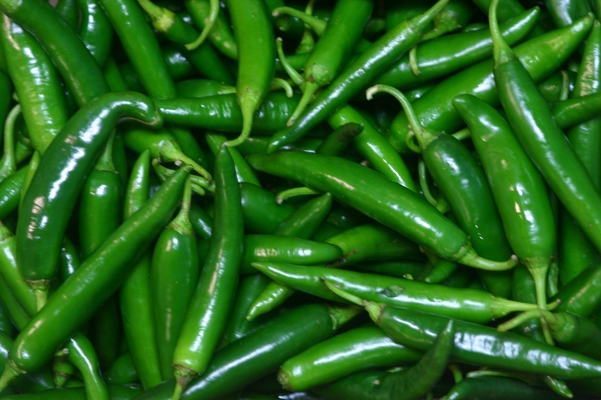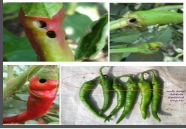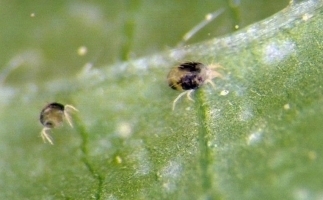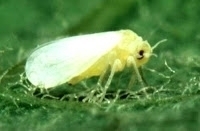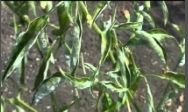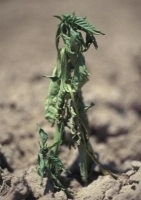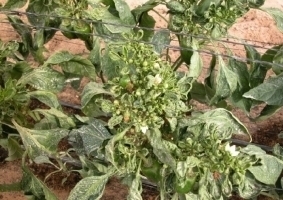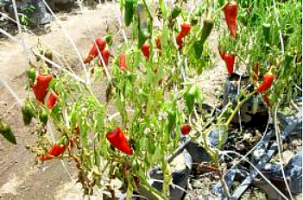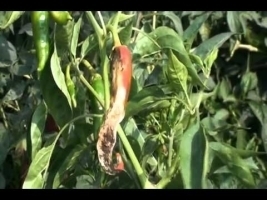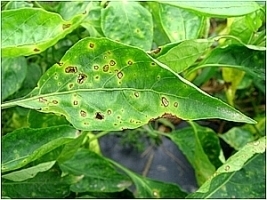General Information
Most valuable and important crop of India and is used as a principle ingredient of various curries and chutneys, also used in vegetables, spices, condiments, sauces and pickles. Also it has many medicinal properties, especially as an anti-cancerous agent and instant pain reliever. It also prevents heart diseases by dilating blood vessels. It is rich source of Vitamin. India is the world leader in chilli production. Andhra Pradesh, Maharashtra, Karnataka, Odissa, Tamil Nadu, Bihar, Uttar Pradesh and Rajasthan are major chilly producing states in India.

